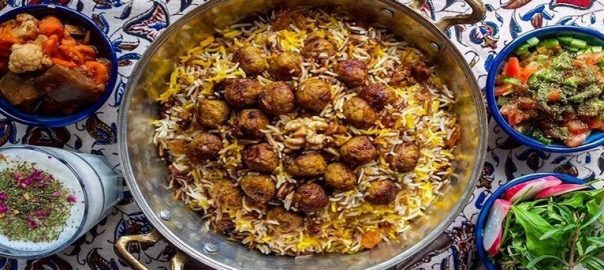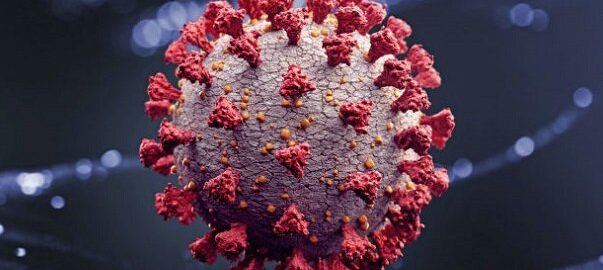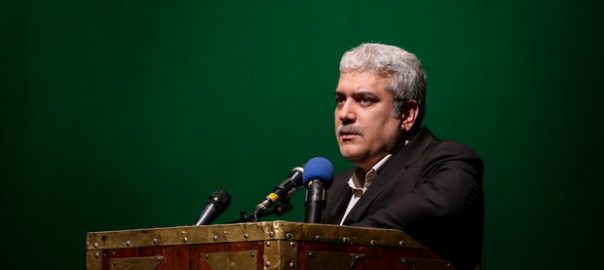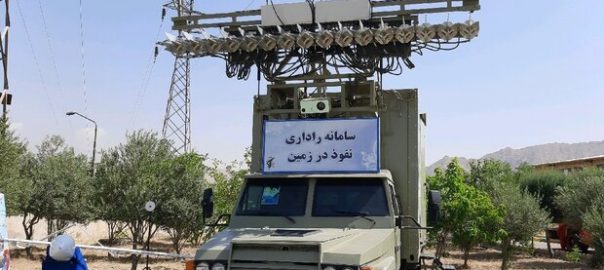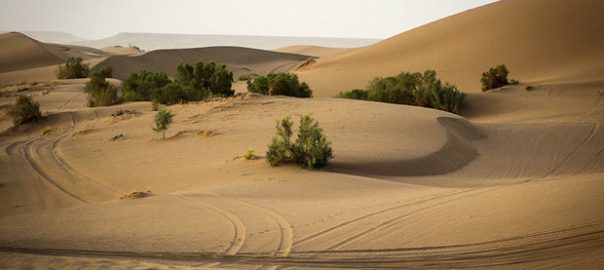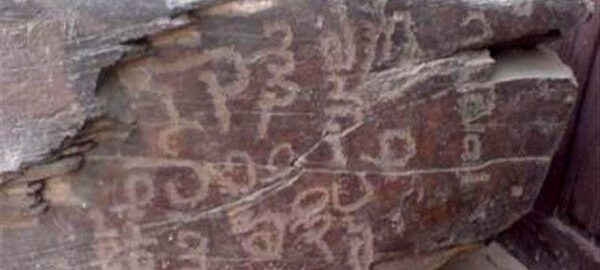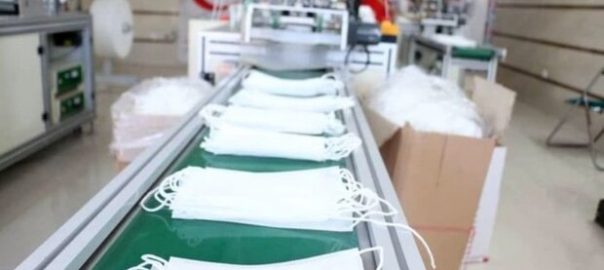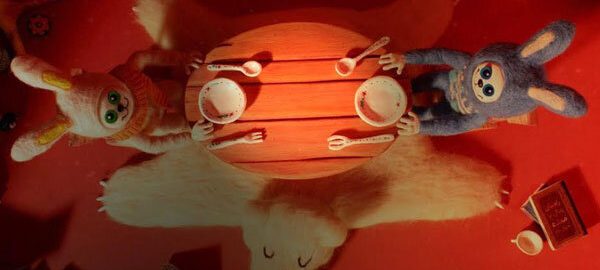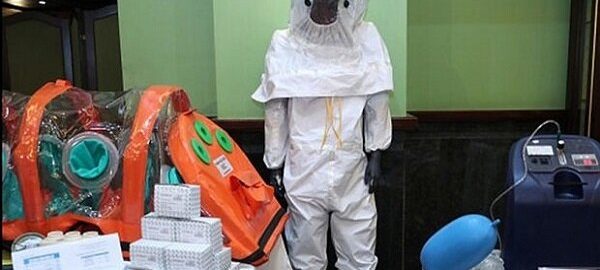Mesr is a small rural area surrounded by an ocean of sand at the heart of Iran’s Great Salt Desert (Dasht-e Kavir), Isfahan Province, which attracts thousands of the aficionados every year to its endless dunes.
The village has become one of the most popular destinations for those who seek tranquility and seclusion of the desert as well as some astrological and adventurous fun.
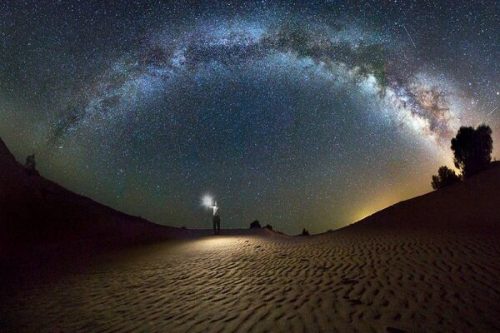
But watching and trotting the endless yellow hills and the desert is not the only good part of it. Mesr desert nights generally have a different story; they are best described as mysterious and fascinating as the stars shine like diamonds as if they are palpable.
Others who crave for more adventurous activities can also go for a camel ride or do sand sliding and sandboarding, which add to the interesting aspects of the desert.
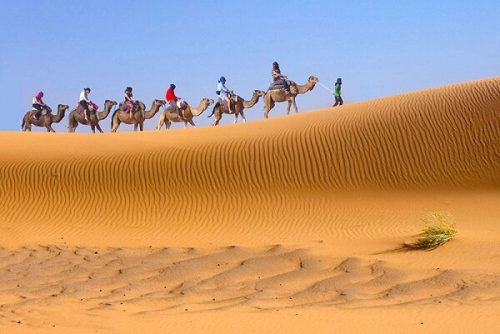
Off-road bikes and vehicles are other fun parts of the trip to the pristine nature of the Mesr village. You cannot miss this sweet and ebullient ride when you take on this trek.
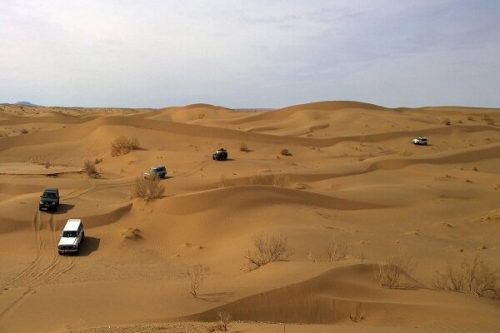
Another widely known attraction of the area is called Khoor salt lake, a salty land covered with hives-like shapes formed by salt. All in all, the experience is definitely great for anyone interested in adventure travel.
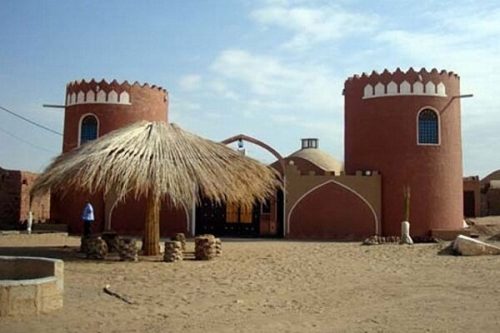
All such make the trip to Mesr unbeatable and unforgettable for every traveler.
How to reach Mesr
The Mesr Village is located in the central desert of Iran, some 700 kilometers from the capital city of Tehran. It is 55 kilometers north of Khoor city. Reaching Mesr is not that hard, and the travelers just need to take to the Naien-Tabas road; having passed Farokhi and Nasrabad villages, they can see a signpost showing the direction of Mesr. It takes about 50 kilometers to reach the place.
Foreign tourists mostly prefer rental cars or tour caravans to reach the village.
What to Bring
No matter whether you are traveling alone or in groups, never forget to bring the essential tools and equipment when visiting a desert. Sun cream, sunglasses, a small one-day backpack, suitable clothing and shoes for nature, a water tank, a flashlight, and a hat are a must for your journey.
Do not forget your camera journey into the desert, you can get beautiful and breathtaking images.
Best time to go
Spring and summer are hot and the sunlight will be difficult for you in these seasons. So, September to December could be the best time to travel to Mesr. If you want to go to the Mesr desert in the fall and winter, you will find a temperate climate in there.
History
The name of the village is closely associated with its nature. The word ‘Mesr’ is the Arabic name of Egypt. It is believed that first travelers establishing the village had been mesmerized by the huge similarity of the dunes and sands to those they had witnessed in Egypt. Interestingly, the reputation of the Egyptian Desert people has greatly contributed to changing the Mesr people’s lives. The natives of Mesr were originally farmers and herders; they also planted saffron and wheat for the camels but now they are mostly busy with tourists and providing them with services and accommodations.
Alongside the Mesr village, there are many other small villages in the desert, such as Bayezeh and Garmeh. The beautiful palm trees, bushes and sandhills have created spectacular scenery in these villages.
Garmeh is a spectacular village. The presence of warm springs with therapeutic fish has attracted more tourists to this desert village.
The documented history of human settlement in the area is as far back as 4000 years ago but there exists some relatively reliable evidence that suggests human habitation as far back as 7,000 years ago. The main activity for the natives during this incredibly long period had been some form of agriculture and wresting sustenance out of the harsh and unforgiving conditions that are the reality of this land. The oasis was situated on the main route of the famous Silk Road during the more recent history and therefore the main trading route between China and Europe.
Beyazeh is a 110-kilometer village in the countryside that attracts many desert tourists due to its ancient citadel, aqueducts, the Old Jame Mosque, and the dense palm trees. Beyazeh Castle is located in this village. It is a Sassanid-era structure that has been used for centuries for housing and defense and has become a base for the followers of Hassan-i Sabbāh in the Ismaili state. / MNA /


